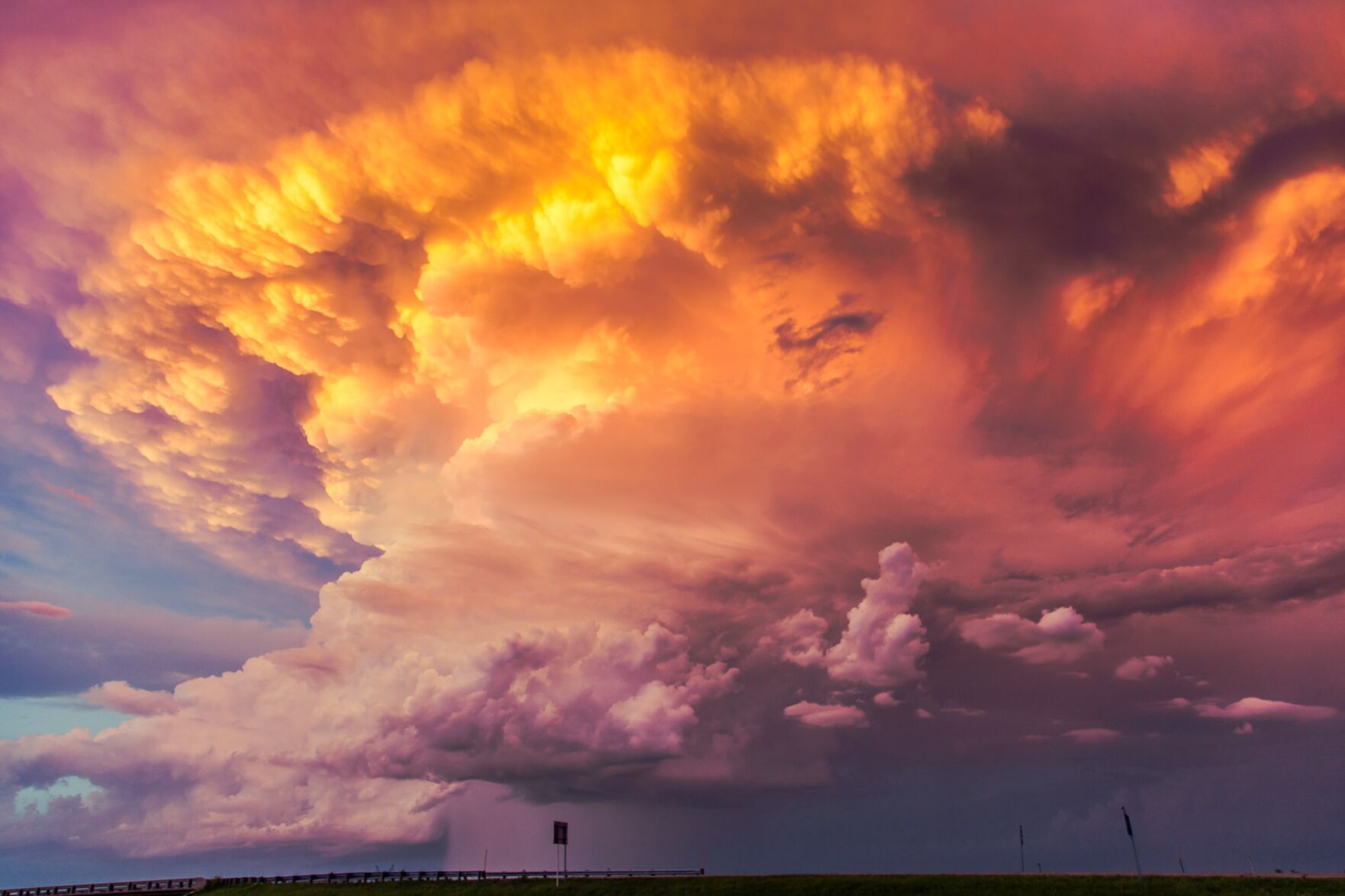As the calendar flipped to October you may have been expecting that fall cool down to begin. While some did see this, that wasn’t necessarily the case for the entire Plains.
It seems that recently we’ve been talking about record-breaking heat in parts of Texas every single month. This past month was no different. In Texas, Childress, Borger, Midland, Lubbock and Amarillo all had record highs on Oct. 9, according to the National Weather Service. For this record, Childress hit the century mark, which is the latest triple-digit reading for that location since Oct. 13, 1954, according to the National Weather Service.
While dry conditions were favorable for harvest progress in parts of the Plains in October, the lack of moisture could be of concern for winter wheat that’s going into the ground.
The other concern with the lack of precipitation is the drought that has been extensive for over a year. The National Oceanic and Atmospheric Administration said that as we neared the end of October over 40% of the lower 48 was in drought, which as of Oct. 21, marked 56 weeks in a row. This makes it the third longest streak since the drought monitor was established.
Before we break down what’s expected locally, let’s talk about what changes we’ve seen in the wider view recently. La Niña conditions have arrived. It looks like La Niña will stick around into winter with a return to ENSO-Neutral as we head into spring. A change from past months is the strength of the La Niña. Forecast models now point to possibly a moderate La Niña at its peak. Typically this will lead to warmer and drier conditions compared to average in the southern Plains and cooler than average temperatures for the northern Plains.
Now looking ahead, the month of November is expected to hold above average temperatures from the southern Plains into Nebraska. Those areas will likely see this trend continue the next three months.
We will likely see below average precipitation for Texas, Oklahoma and most of Kansas for November. Through the start of next year, Texas and southern to western Oklahoma will likely keep missing out on precipitation with numbers expected to add up to below seasonal norms.
I’m always keeping an eye to the sky and the weather patterns, so watch for December’s update.
Editor’s note: Regina Bird grew up on a farm near Belleville, Kansas. The views from the farm helped spur her interest in weather. Following high school, she went on to get a bachelor’s degree in meteorology from the University of Kansas. She currently works as a meteorologist for NTV and KFXL in central Nebraska. Follow her on Twitter: @ReginaBirdWX


